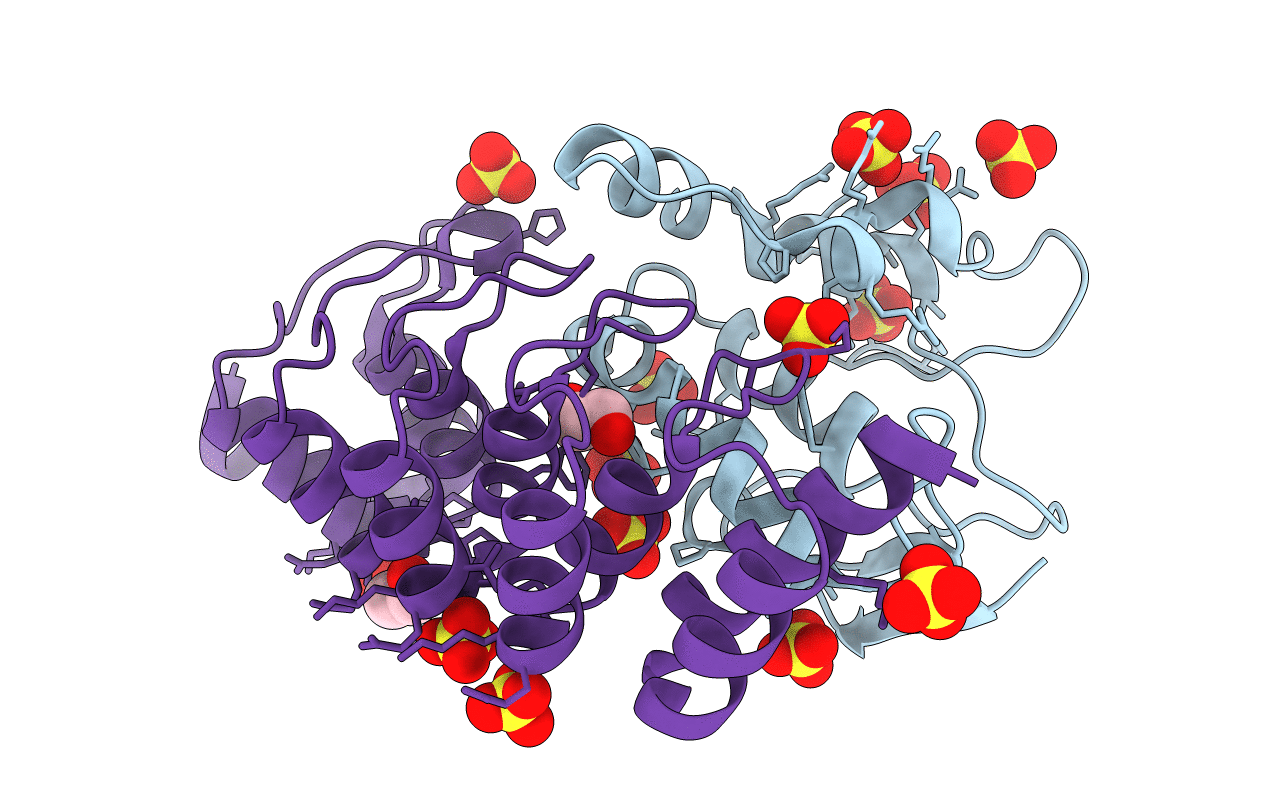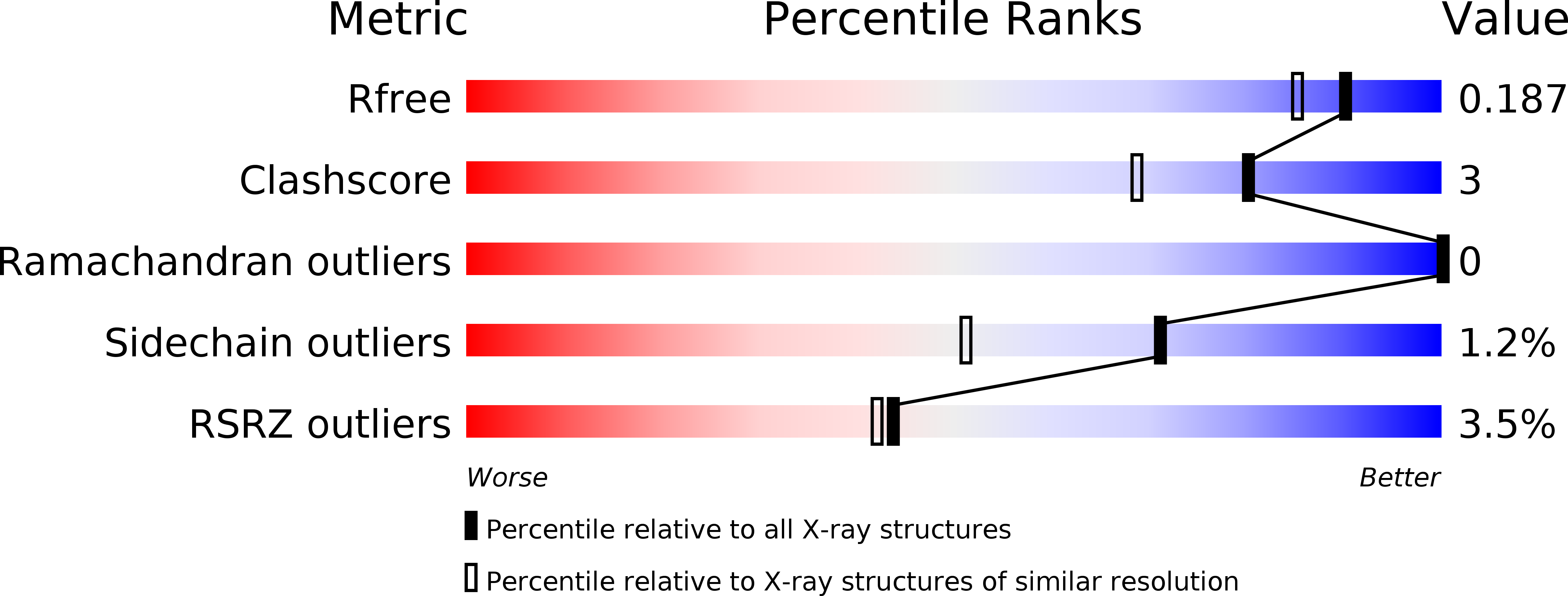
Deposition Date
2018-12-16
Release Date
2019-05-15
Last Version Date
2024-10-09
Entry Detail
PDB ID:
6NE4
Keywords:
Title:
Designed repeat protein specifically in complex with Fz7CRD
Biological Source:
Source Organism:
Escherichia coli (Taxon ID: 562)
Homo sapiens (Taxon ID: 9606)
Homo sapiens (Taxon ID: 9606)
Host Organism:
Method Details:
Experimental Method:
Resolution:
1.65 Å
R-Value Free:
0.18
R-Value Work:
0.15
R-Value Observed:
0.16
Space Group:
P 2 21 21


